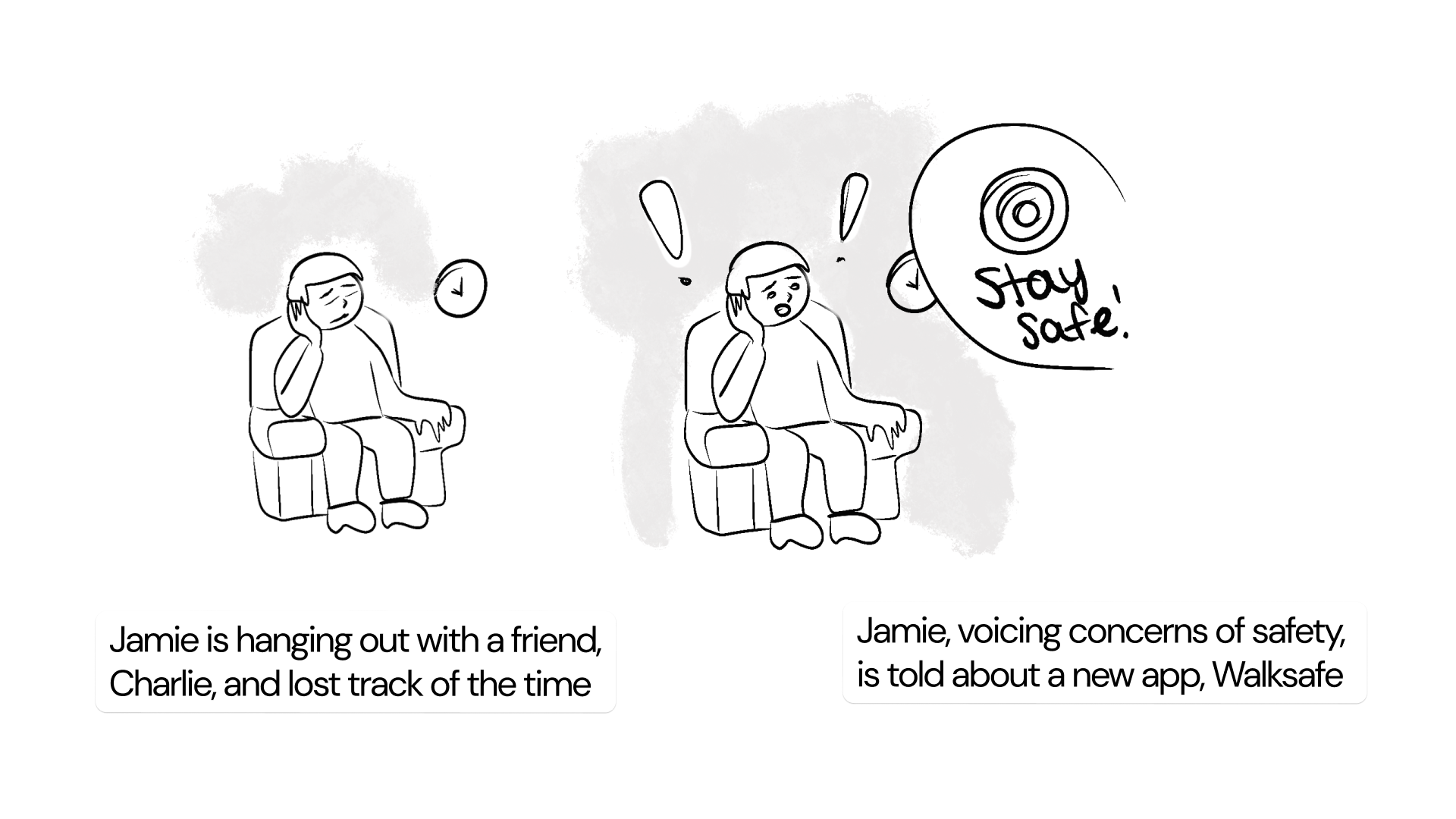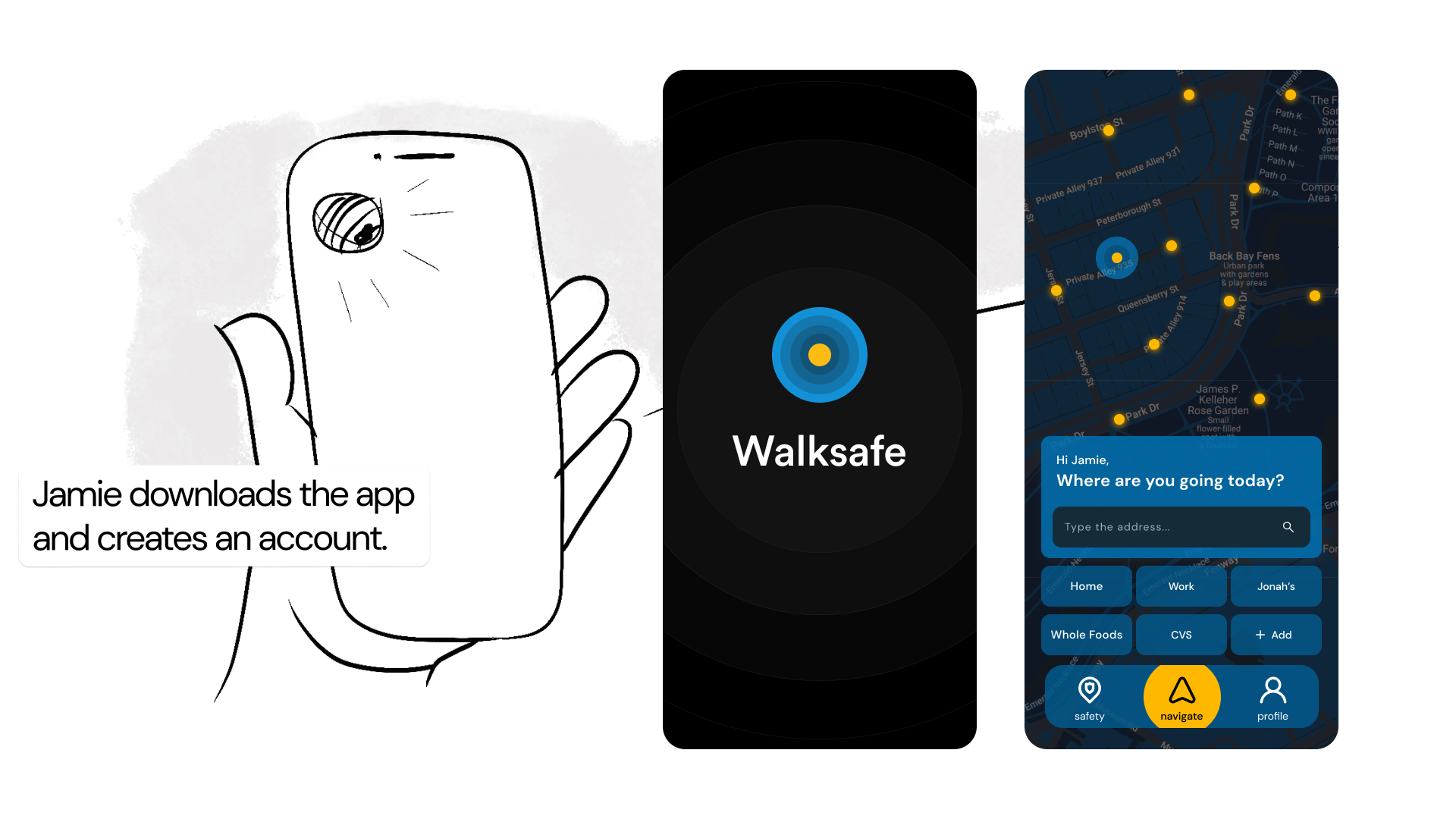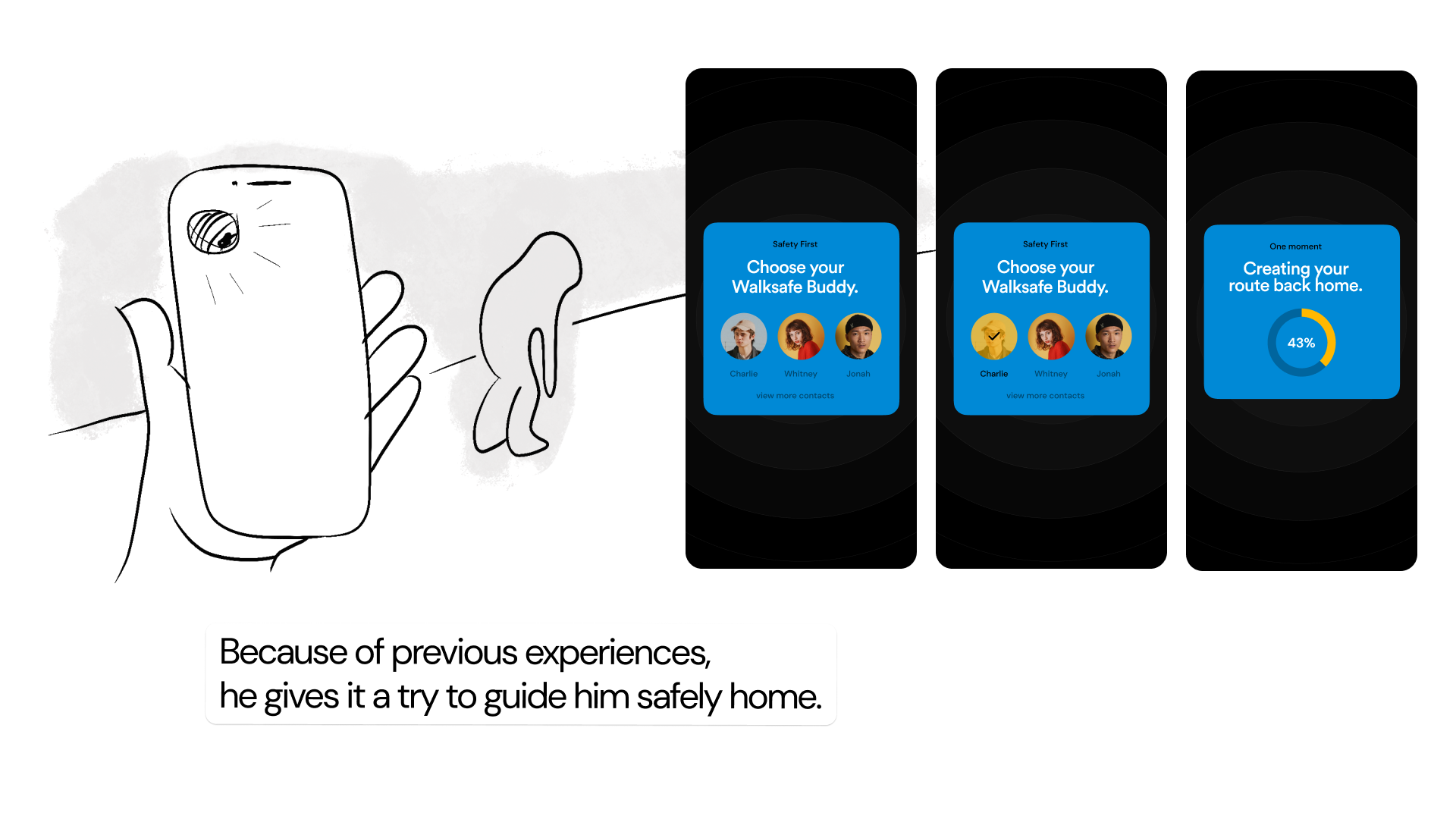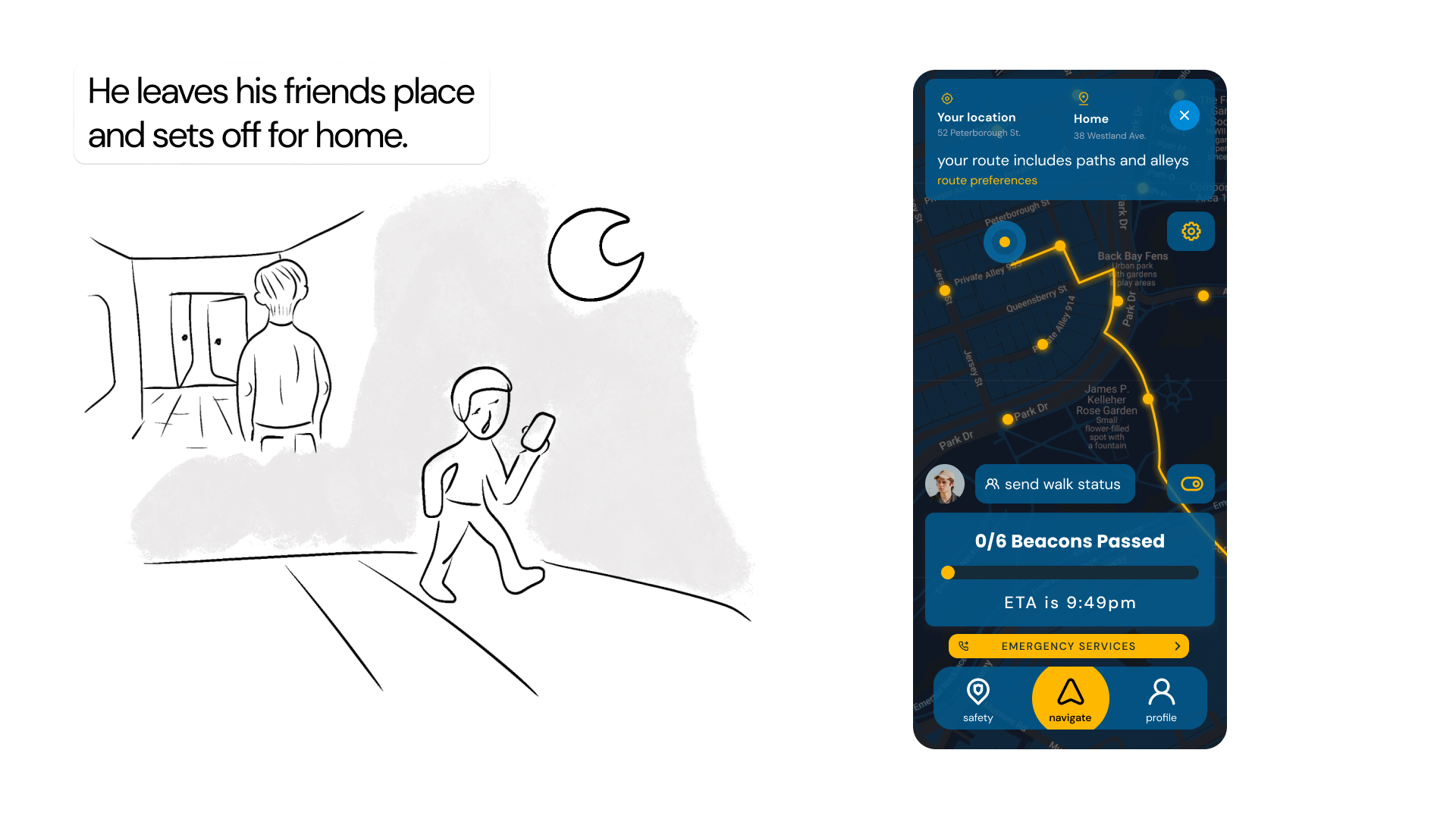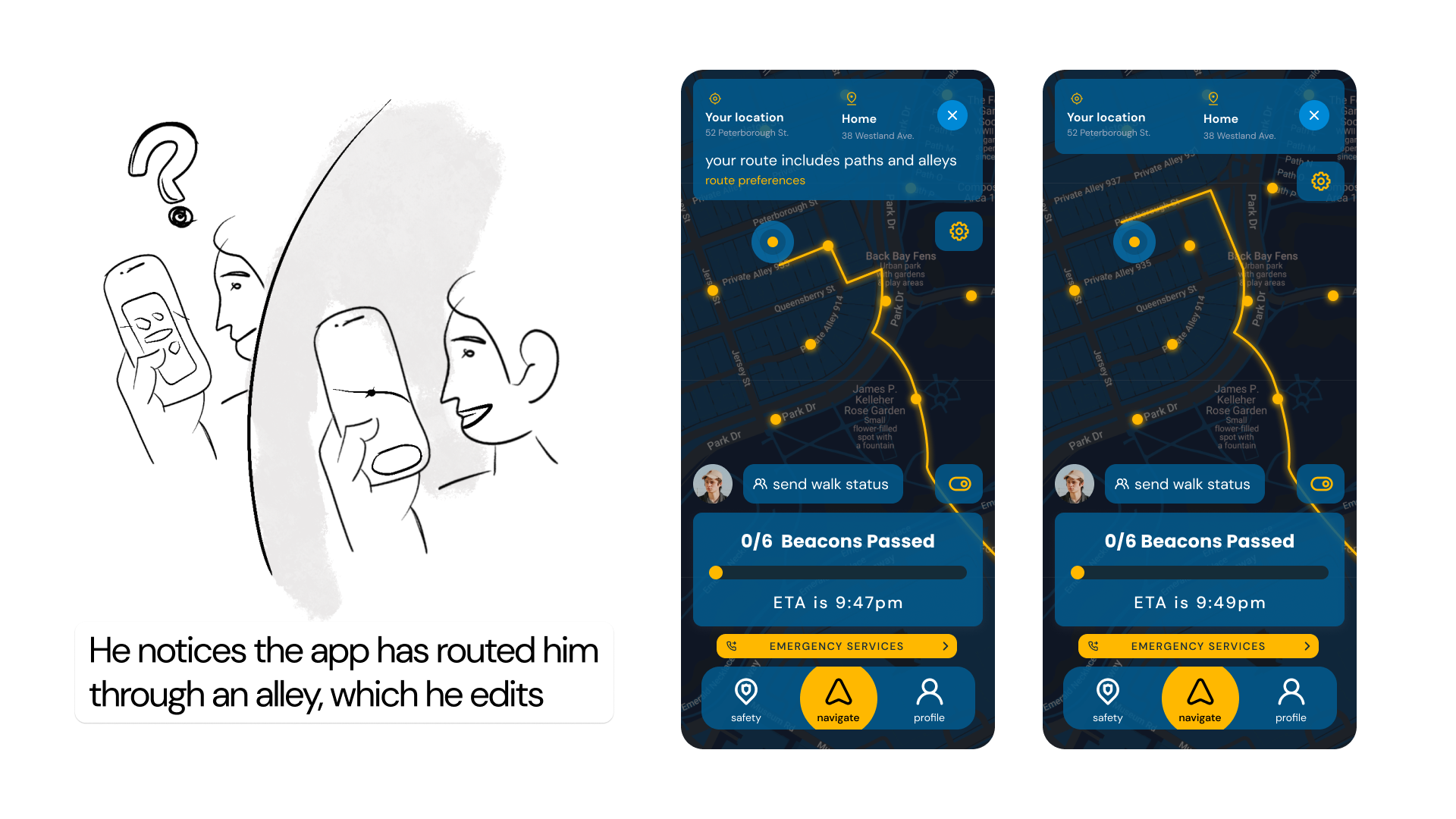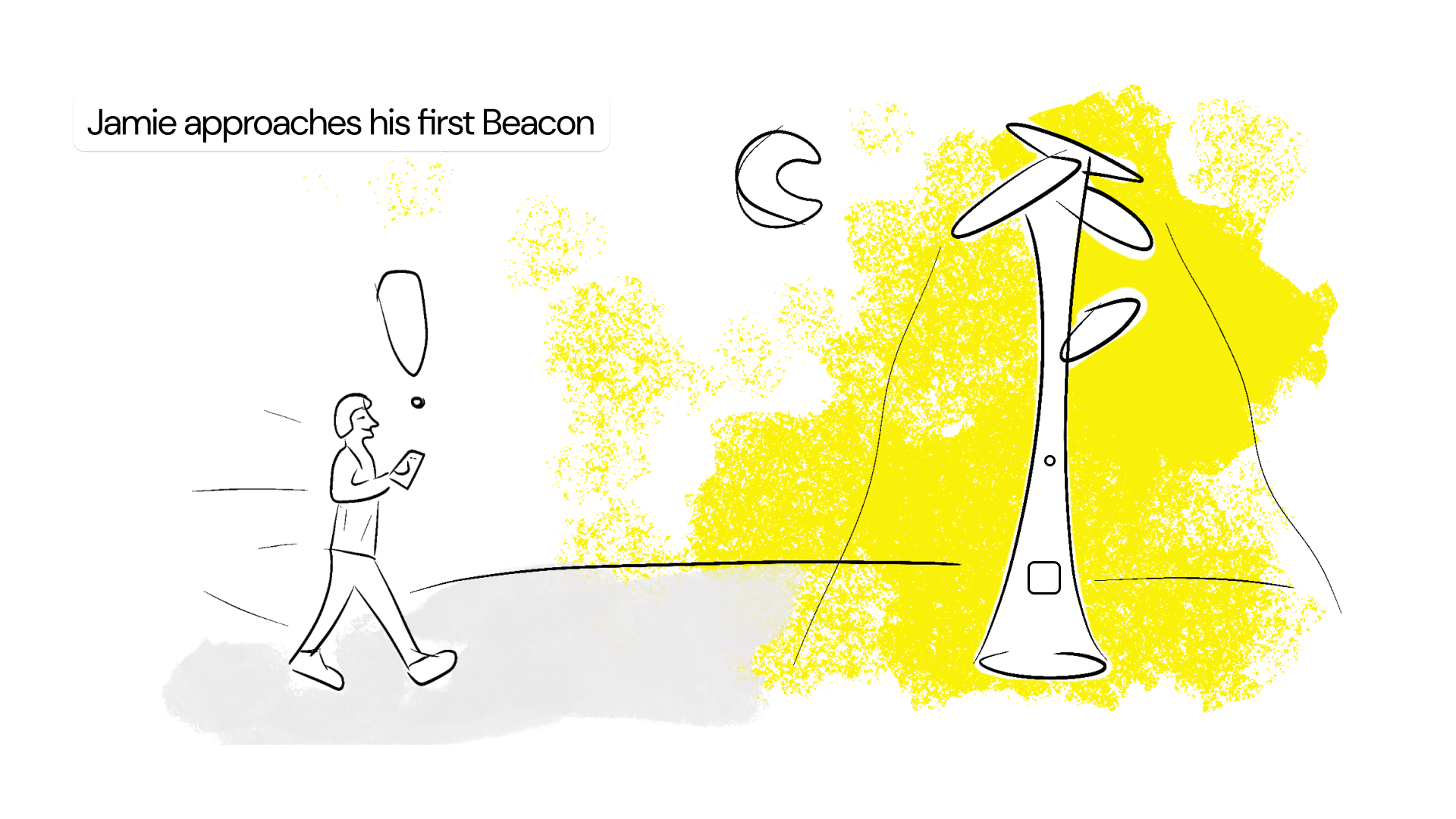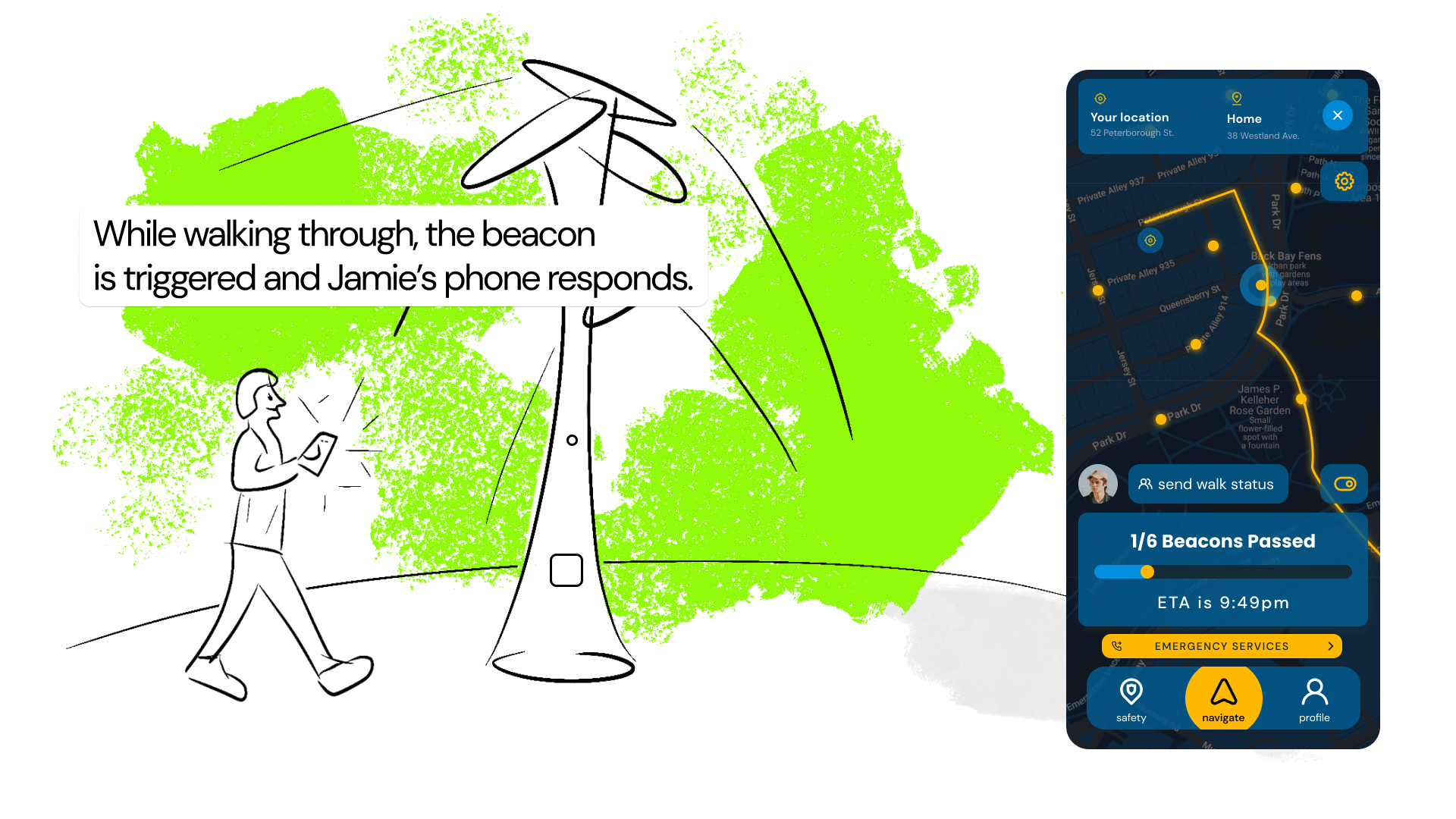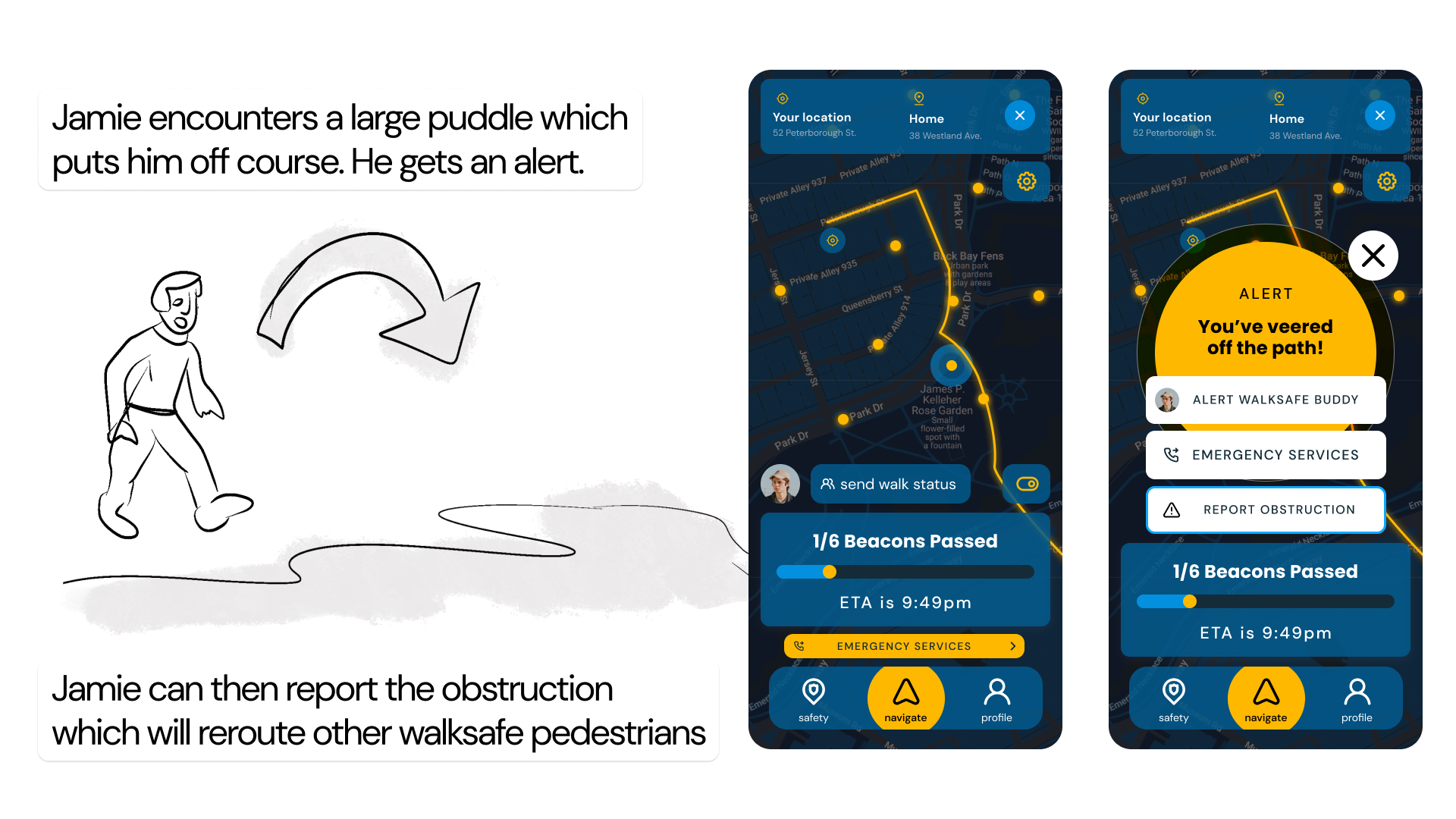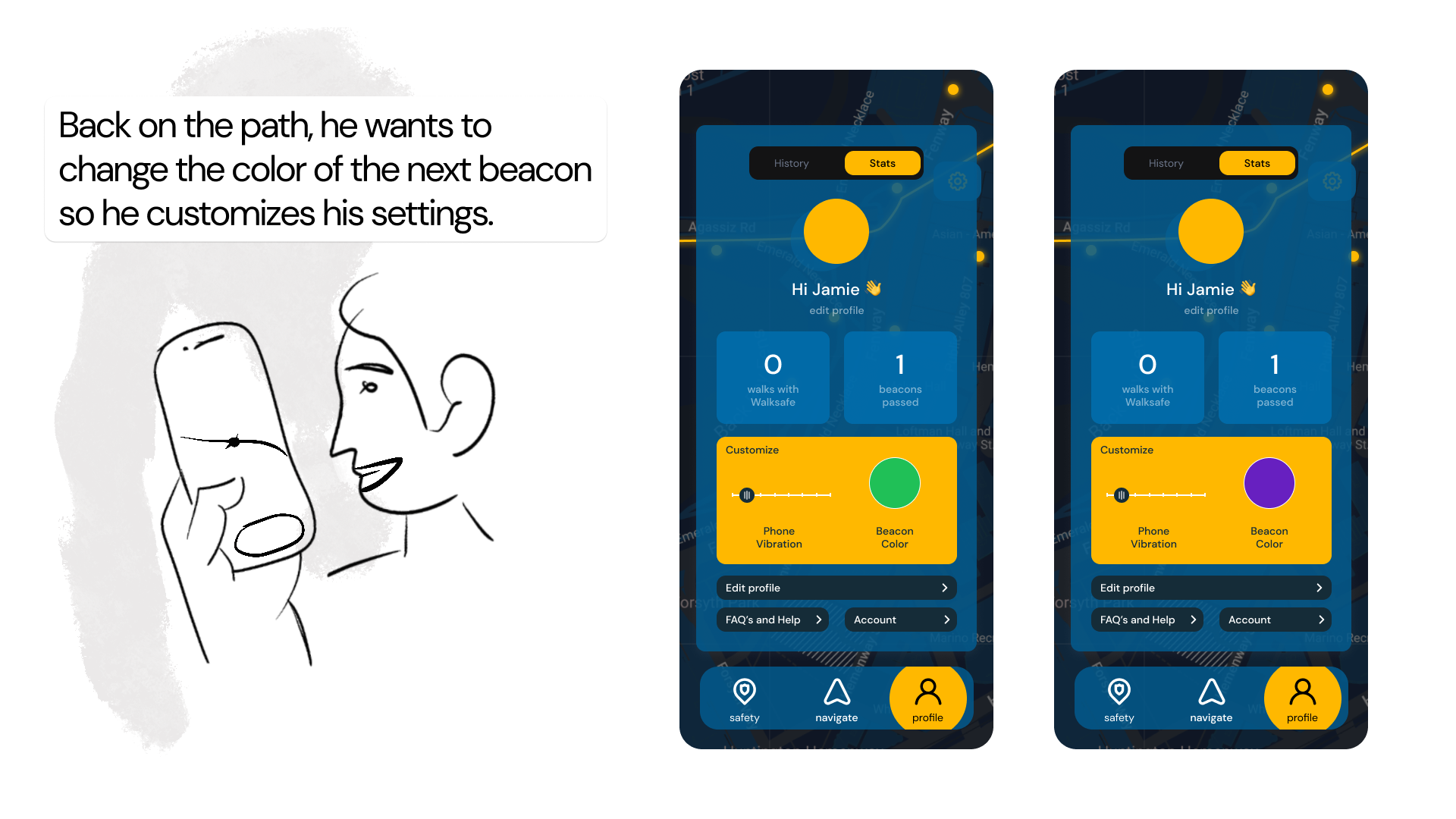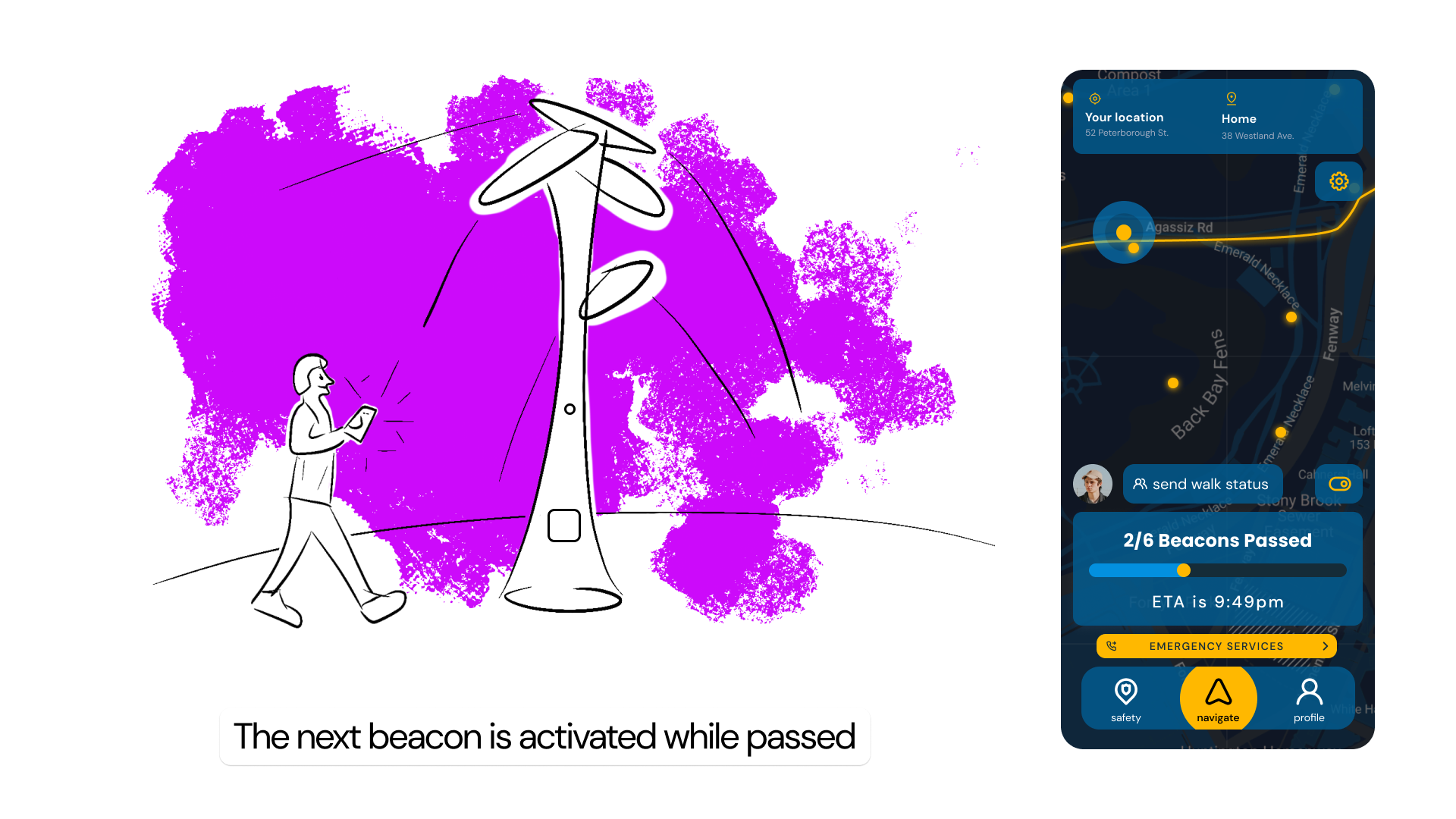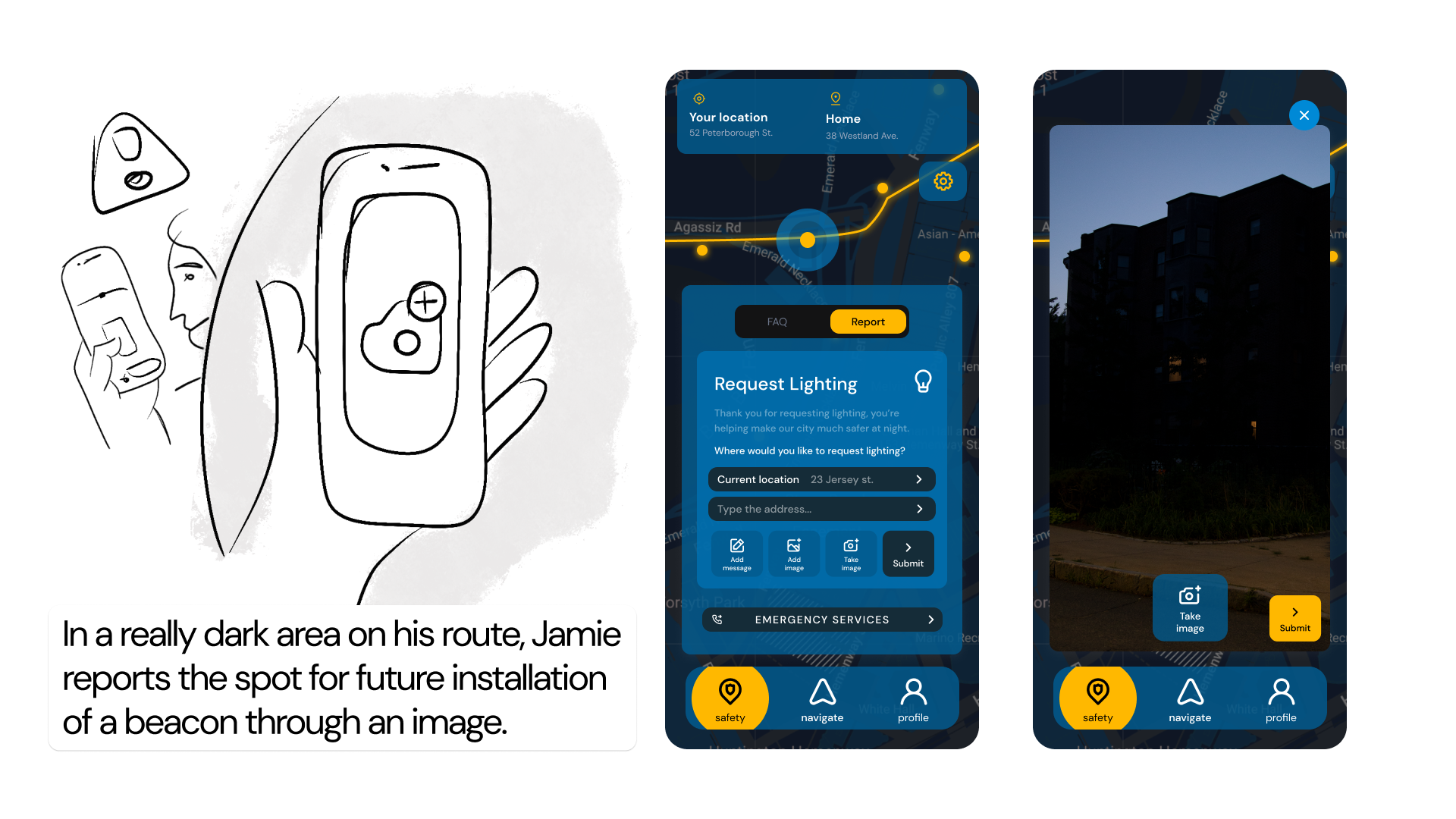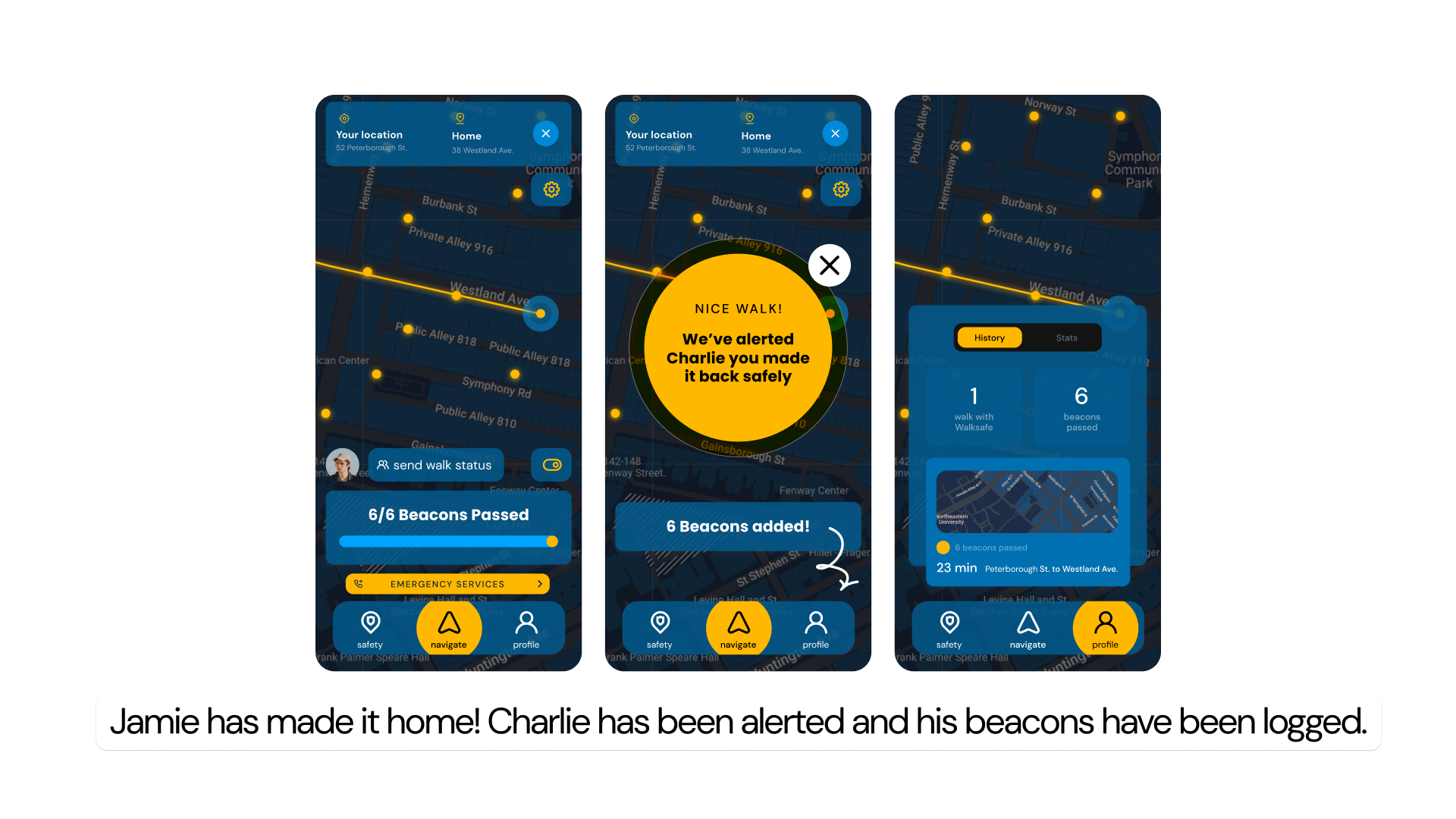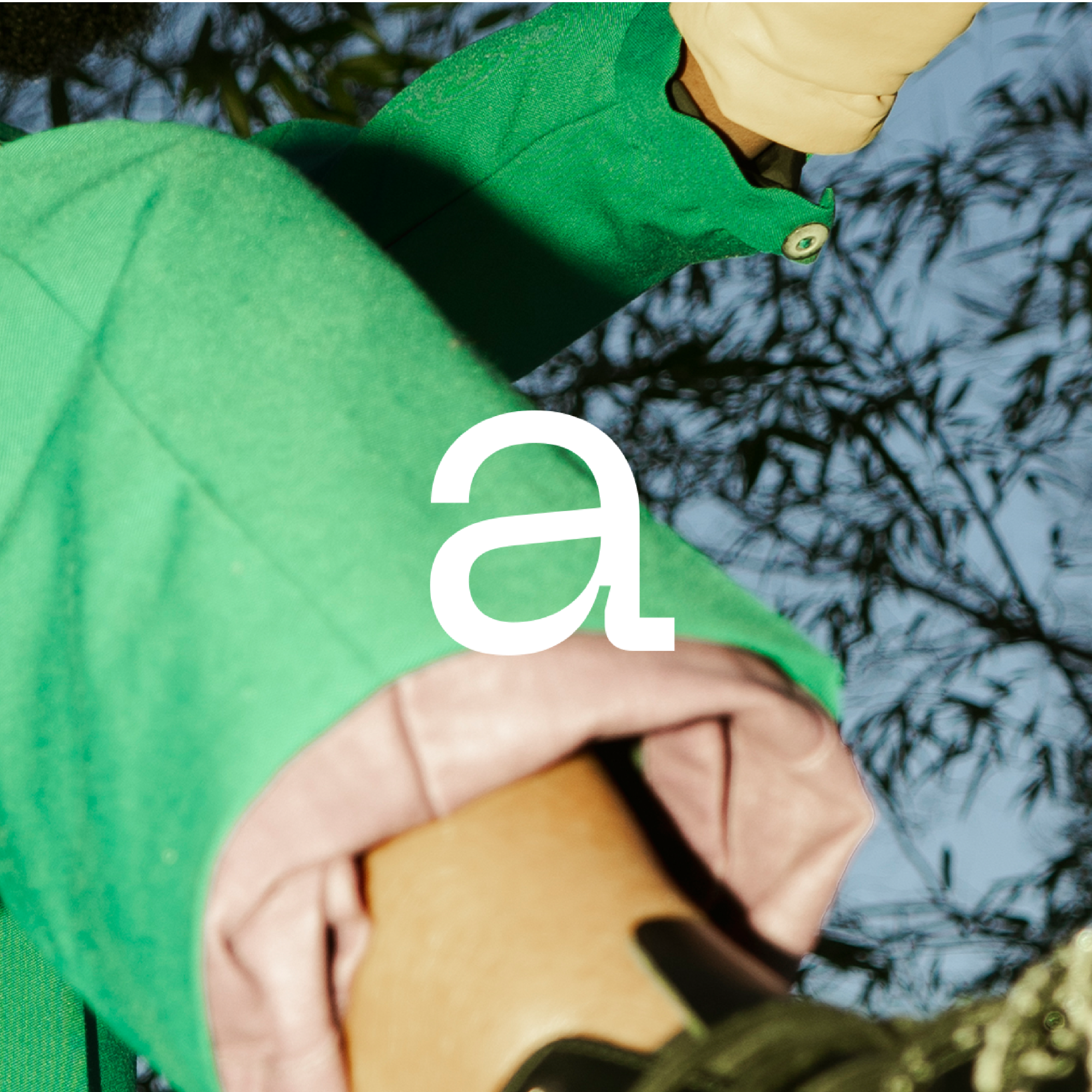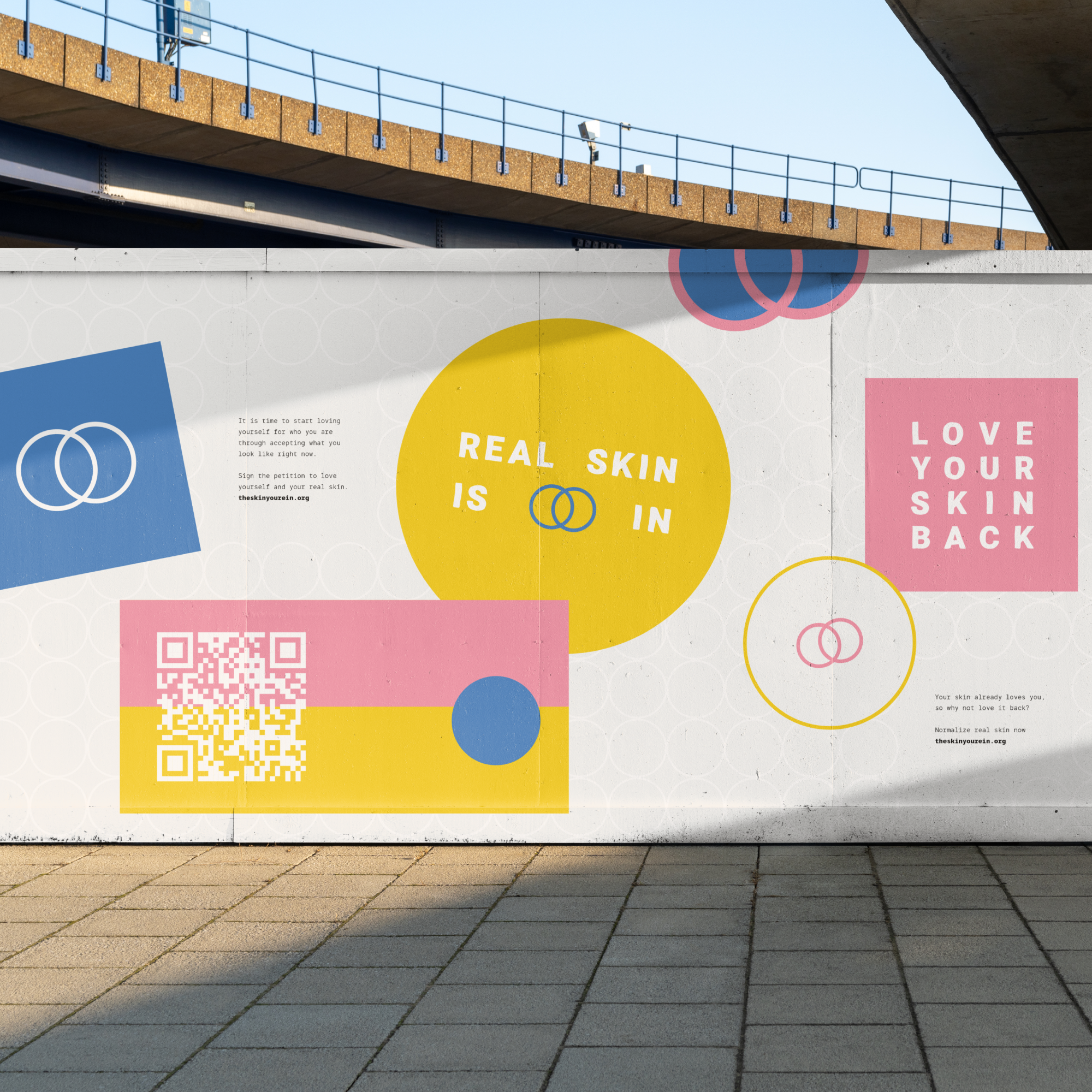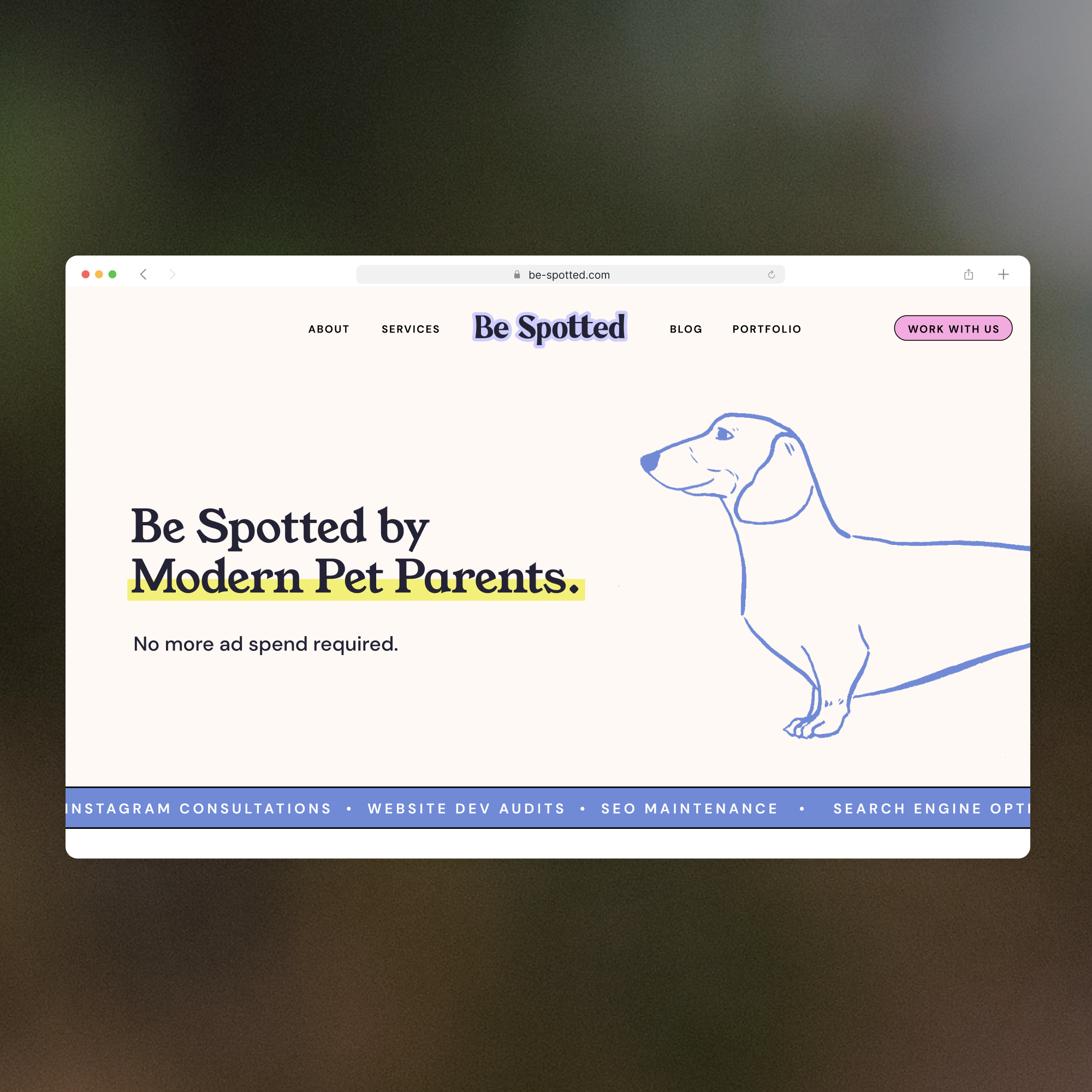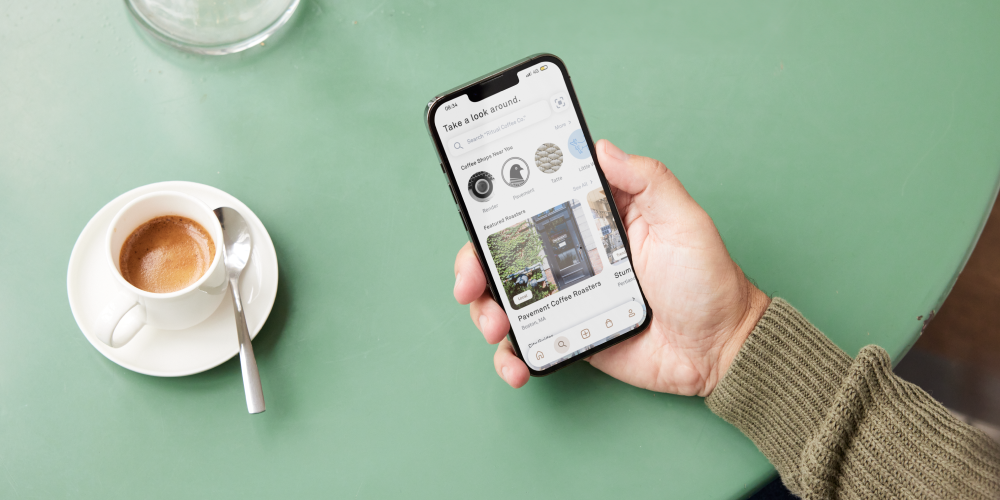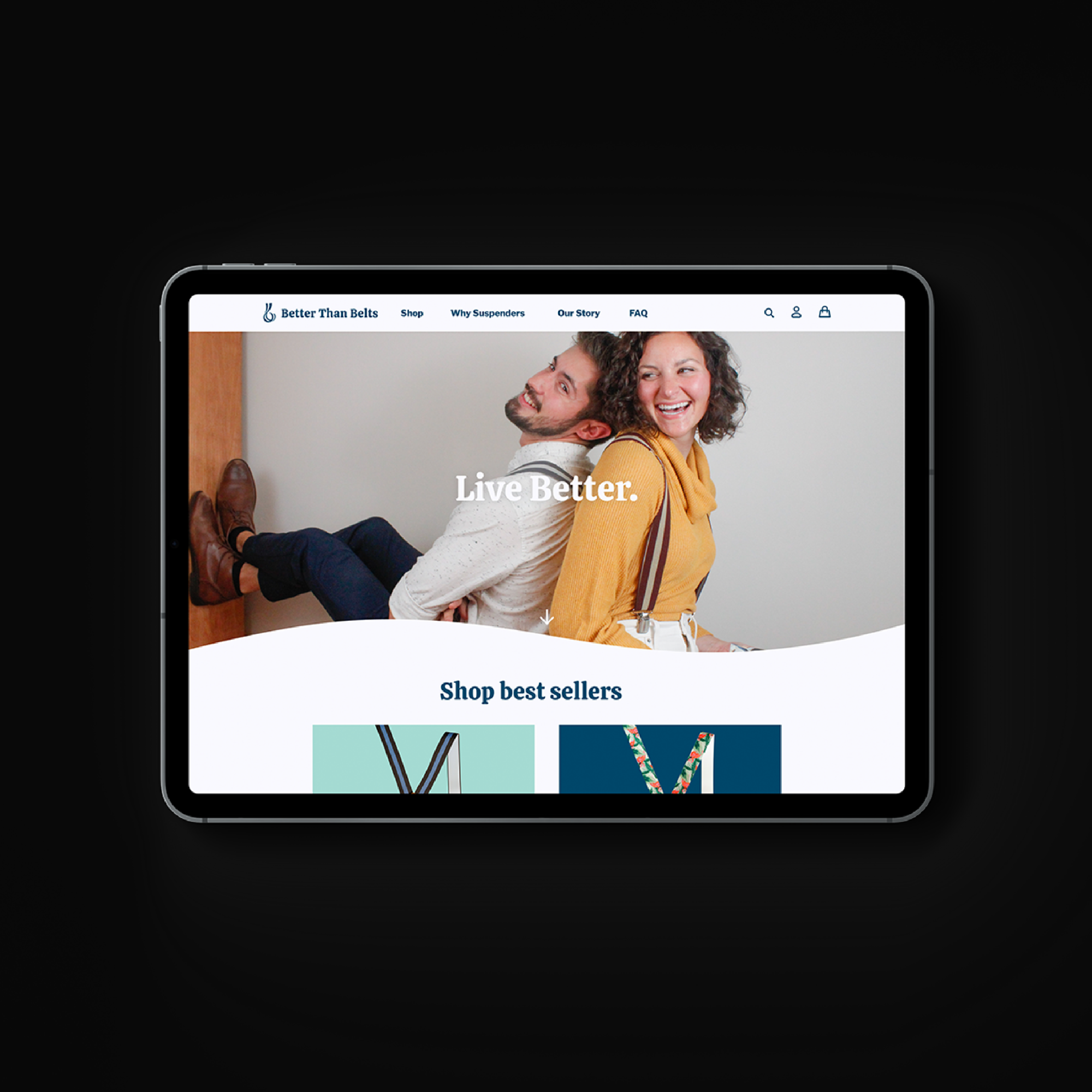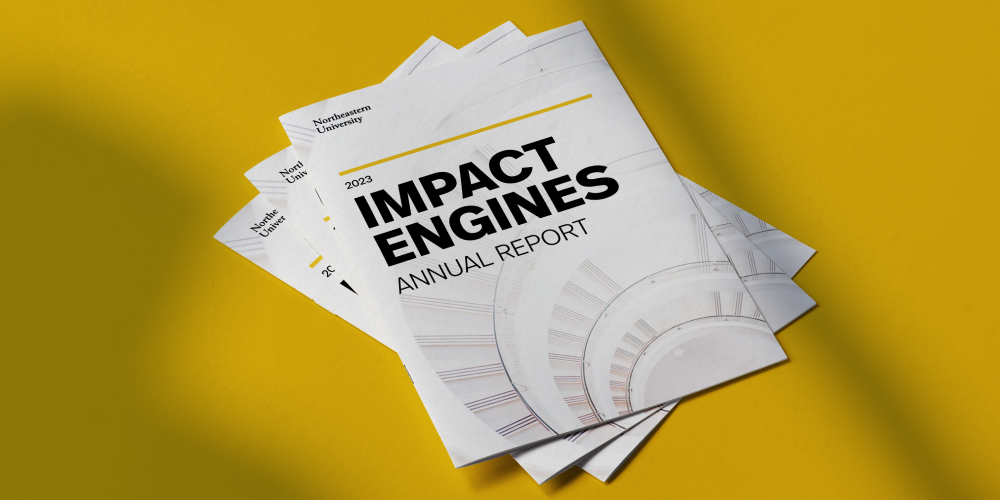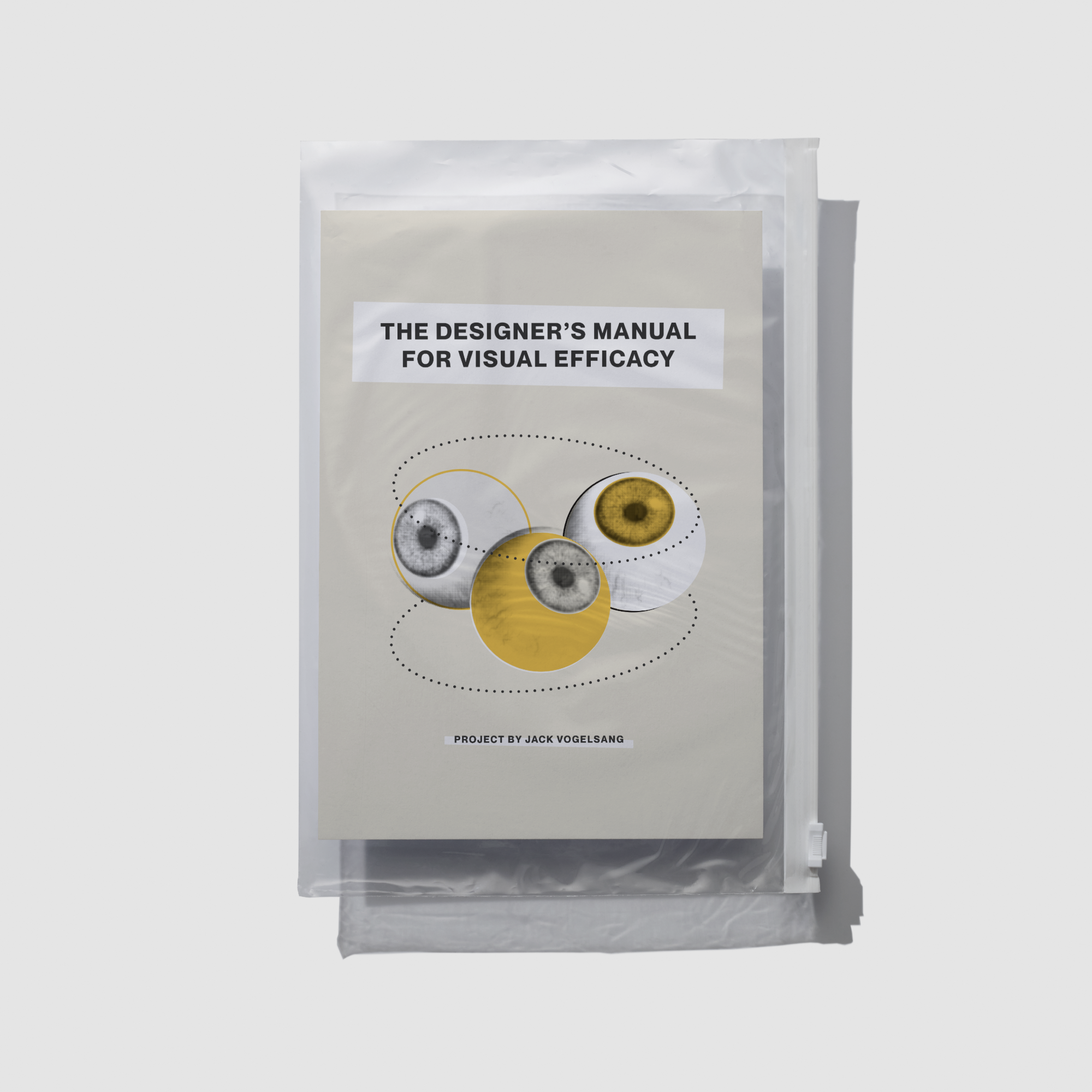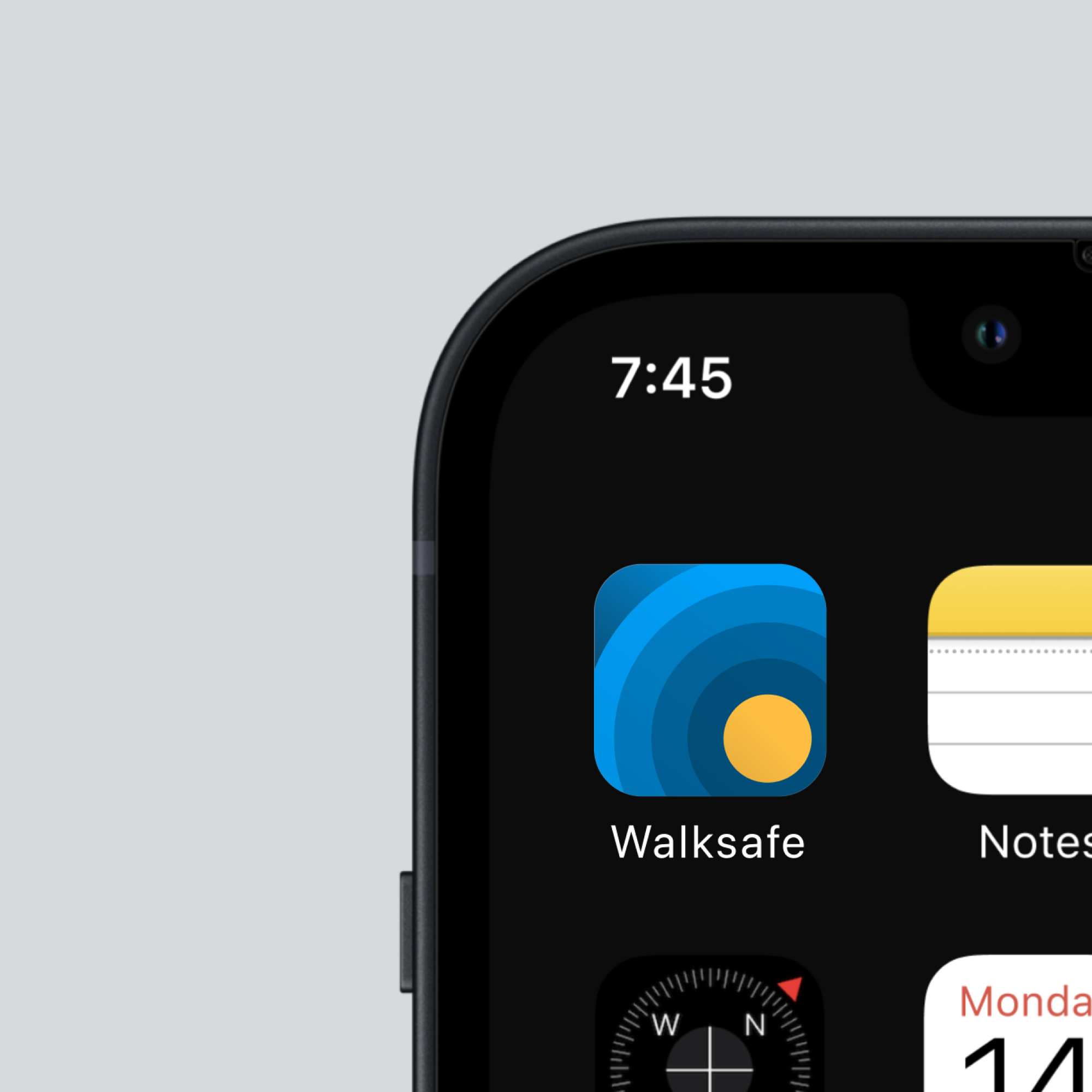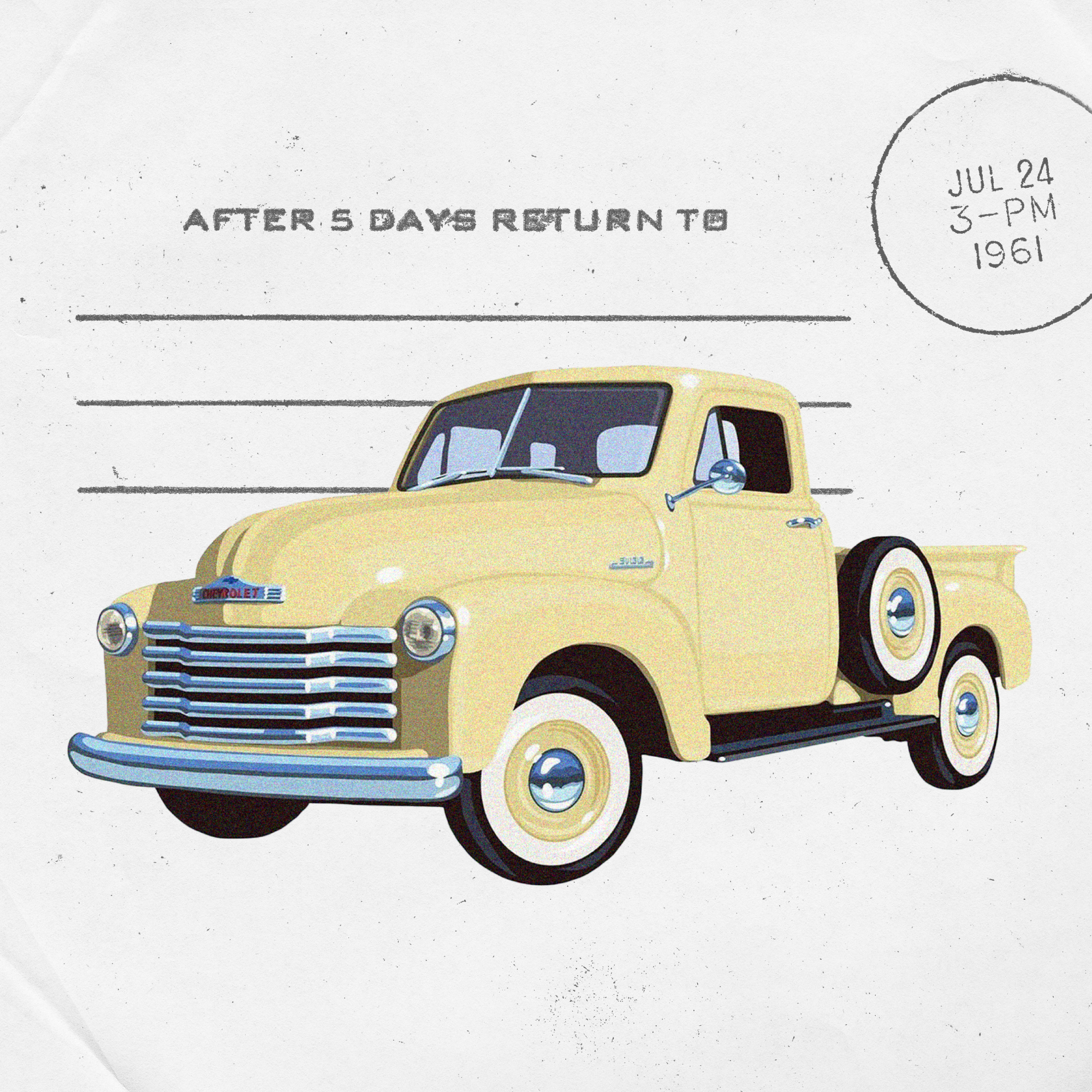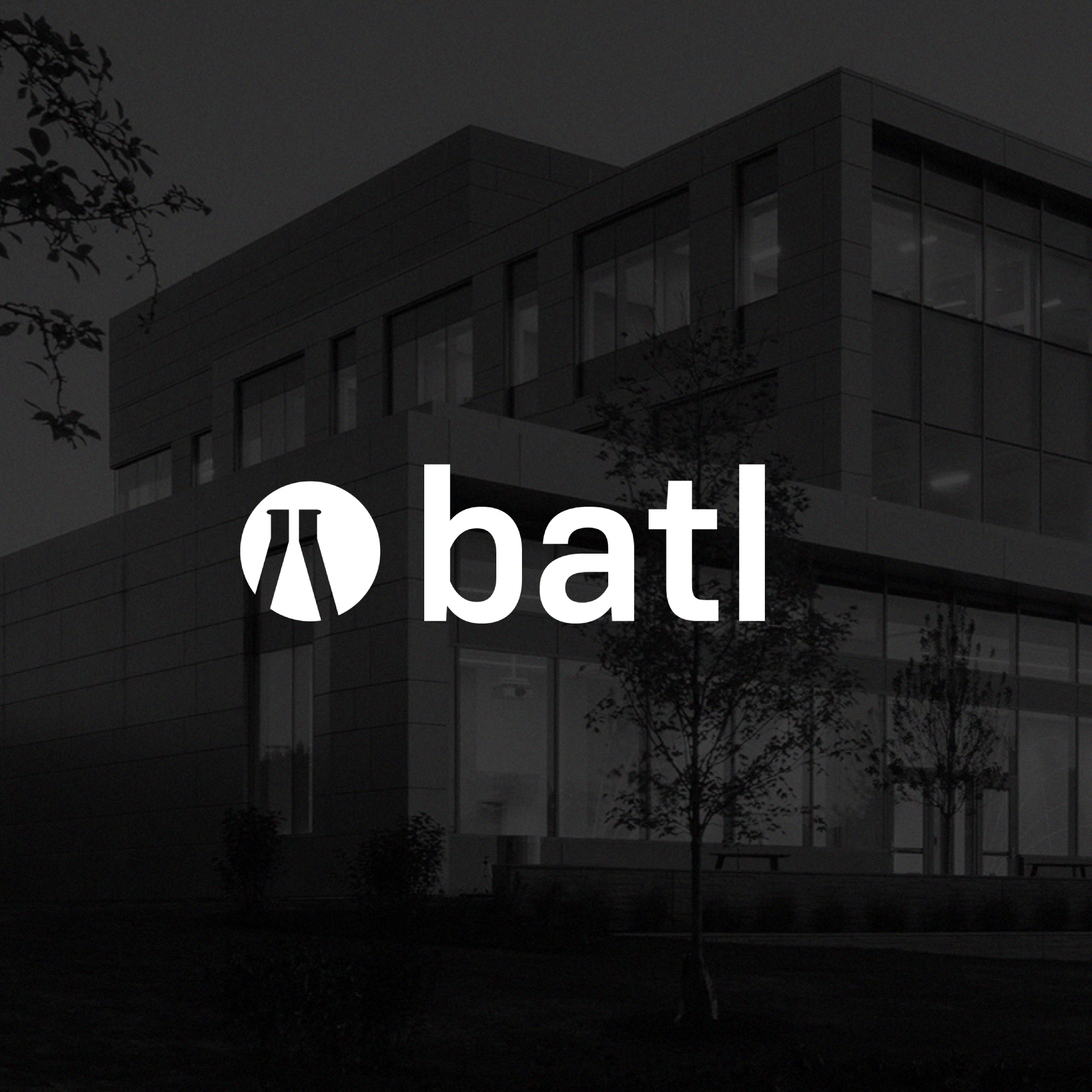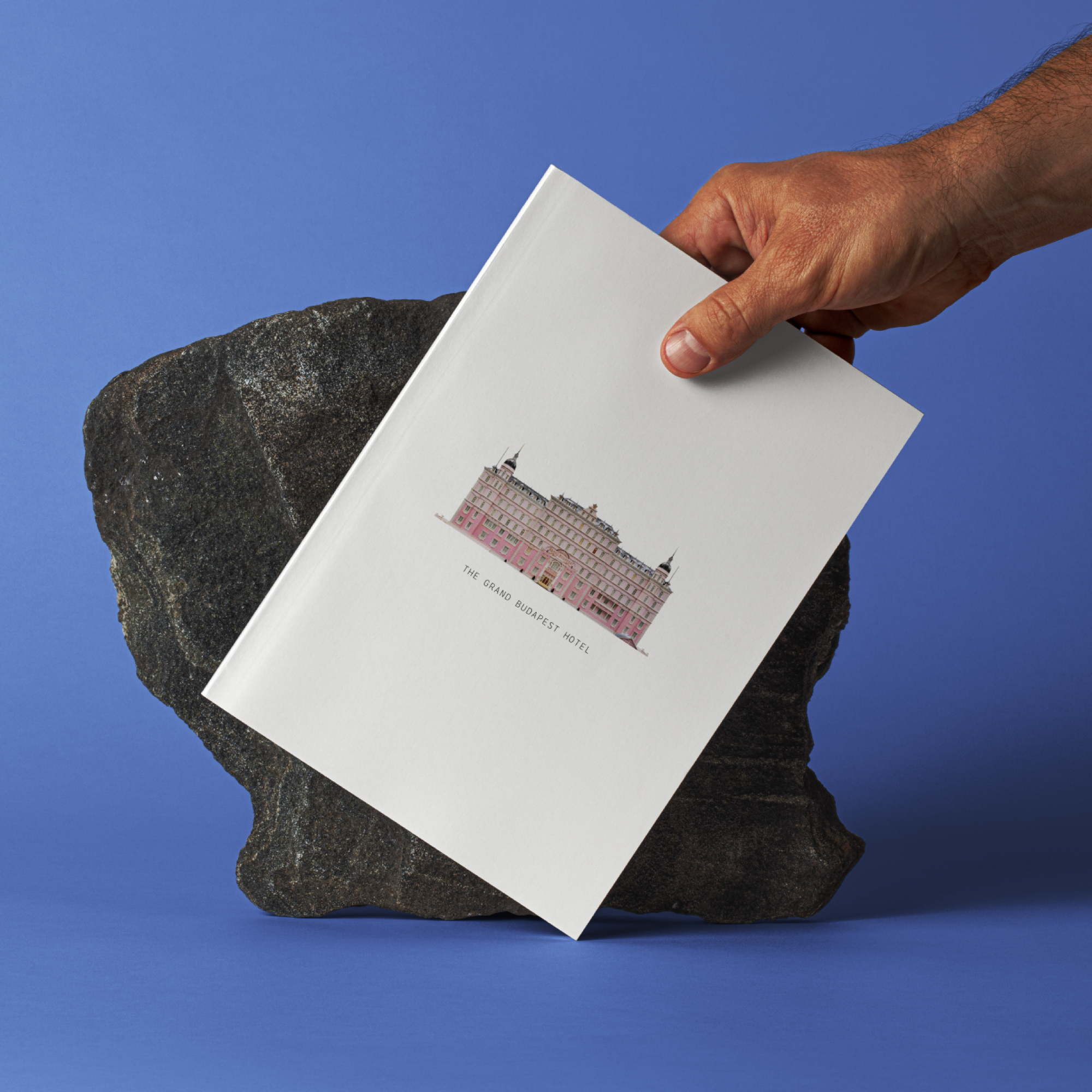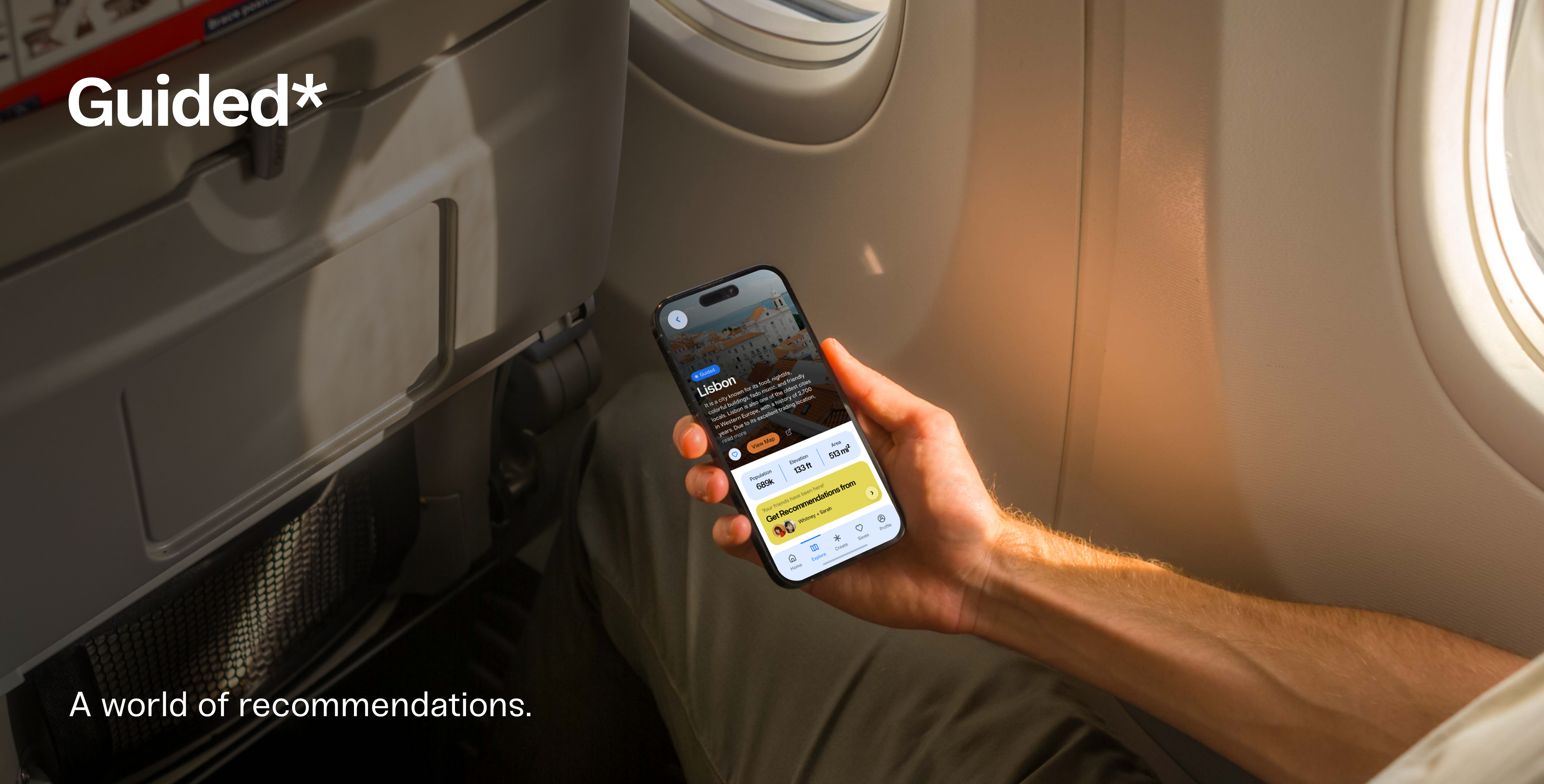
WalkSafe
Stay safe, and feel secure.
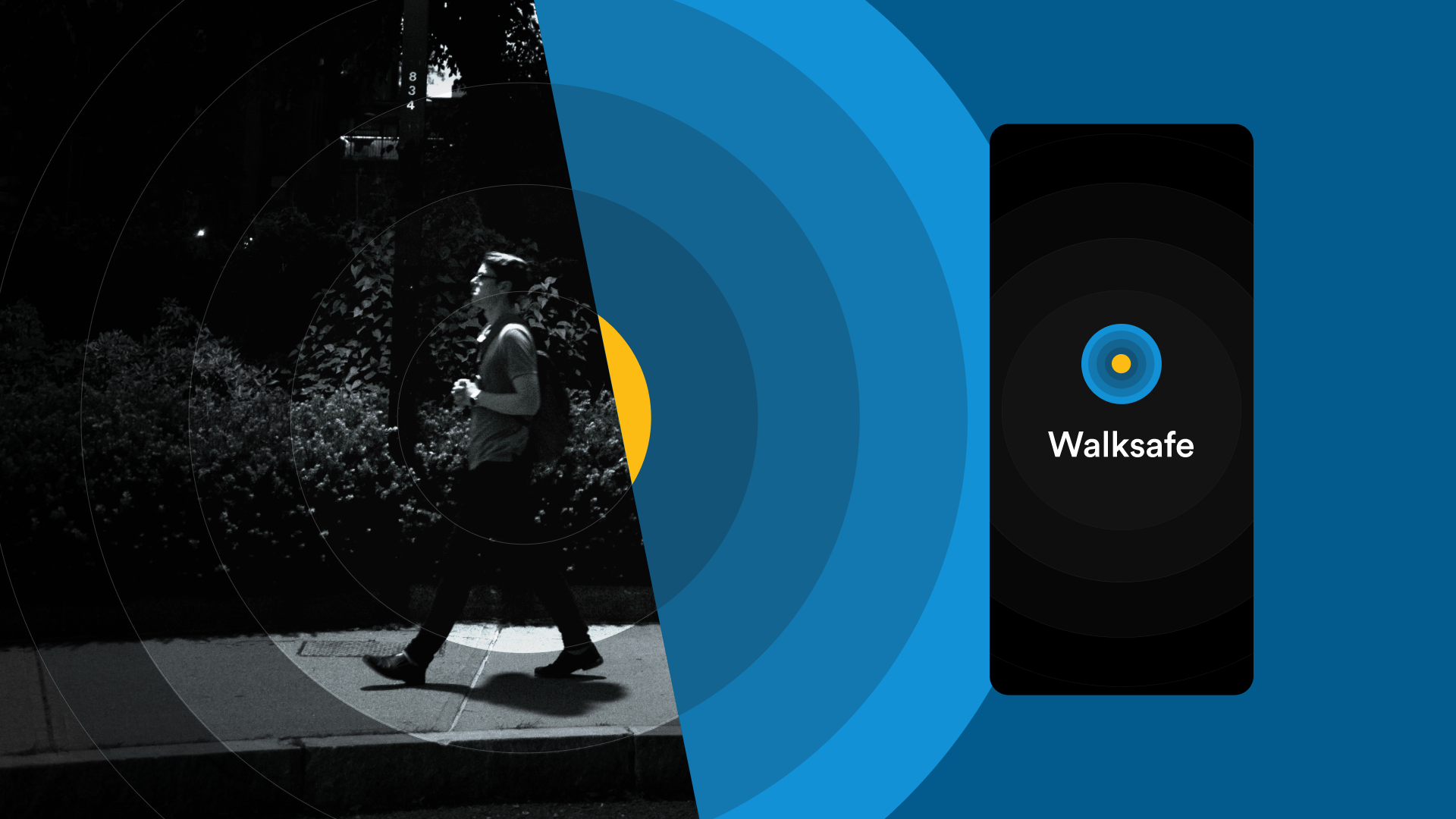
Project Type
Service Design
App Design
User Testing
Ethnographic Research
Role
UX Designer
Strategist
Introducing "WalkSafe," the revolutionary app designed to keep pedestrians safe and secure while walking home alone at night. With the help of strategically placed GPS beacons around the city, the app tracks your journey progress and location, giving you and your shared contacts peace of mind and confidence every step of the way.
No more worrying about potential threats or feeling vulnerable in the dark. WalkSafe pairs seamlessly with the city's network of lights, ensuring you stay on the safest possible route to your destination. And in the event of an emergency, the app instantly alerts your contacts or local authorities to your location.
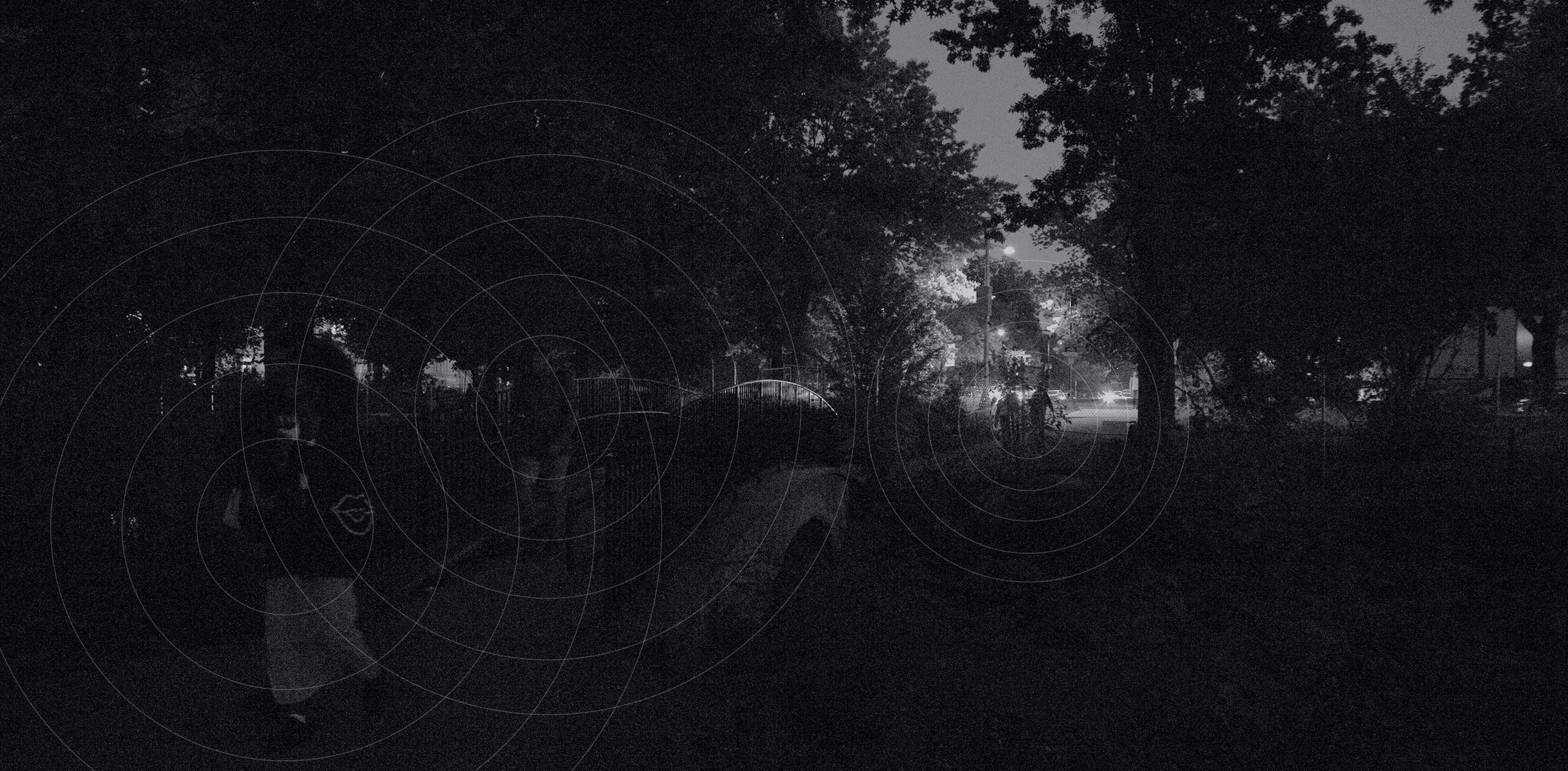
The problem at hand.
Through ethnographic research and observation of pedestrians navigating the city at all hours of the day, it became clear that walking around the city isn't as straightforward as it may seem. Many factors such as distance and duration, time of day and lighting, and group size all play a part in the perceived feeling of safety for the pedestrian. Through conversations with college students in Boston, it came to my attention that many people, especially women, feel unsafe while walking alone at night. To address this issue, I designed an app that pairs with physical lighting beacons placed at intervals along a walking route to help pedestrians feel secure during their journey. The app is designed to provide peace of mind and real-time assistance to the users, ensuring their safety throughout the walk.

Design Process
The first step was to understand the needs of the users. We conducted surveys and interviews with individuals who regularly walk alone at night. Our research identified that the primary concern of the users was the fear of being attacked or harassed. Additionally, users reported feeling lost or unsure of the route, especially in poorly lit areas.
Based on our user research, we came up with the idea of an app that would guide users along a predetermined route and provide them with real-time assistance. The app would work in conjunction with physical beacons placed along the route. We developed a prototype that allowed users to input their destination and select their preferred walking route.
Informed by users.
The next step was to test the prototype with potential users. I recruited college students who regularly walk alone at night to talk about their experiences and ask them to share insight on what might make them feel unsafe. From these experiences, I created a storyboard that was used to inform the app's prototype and allowed us to refine the interface, and think about different user situations just as detours or reporting an incident.
Based on the feedback received, I refined the app to include features such as real-time GPS tracking, emergency contacts, and a panic button. We also improved the user interface to make it more intuitive and user-friendly with a dark theme that maintains the app's branding and an auto-update feature that alerts your chosen contact that you've made it home safe.
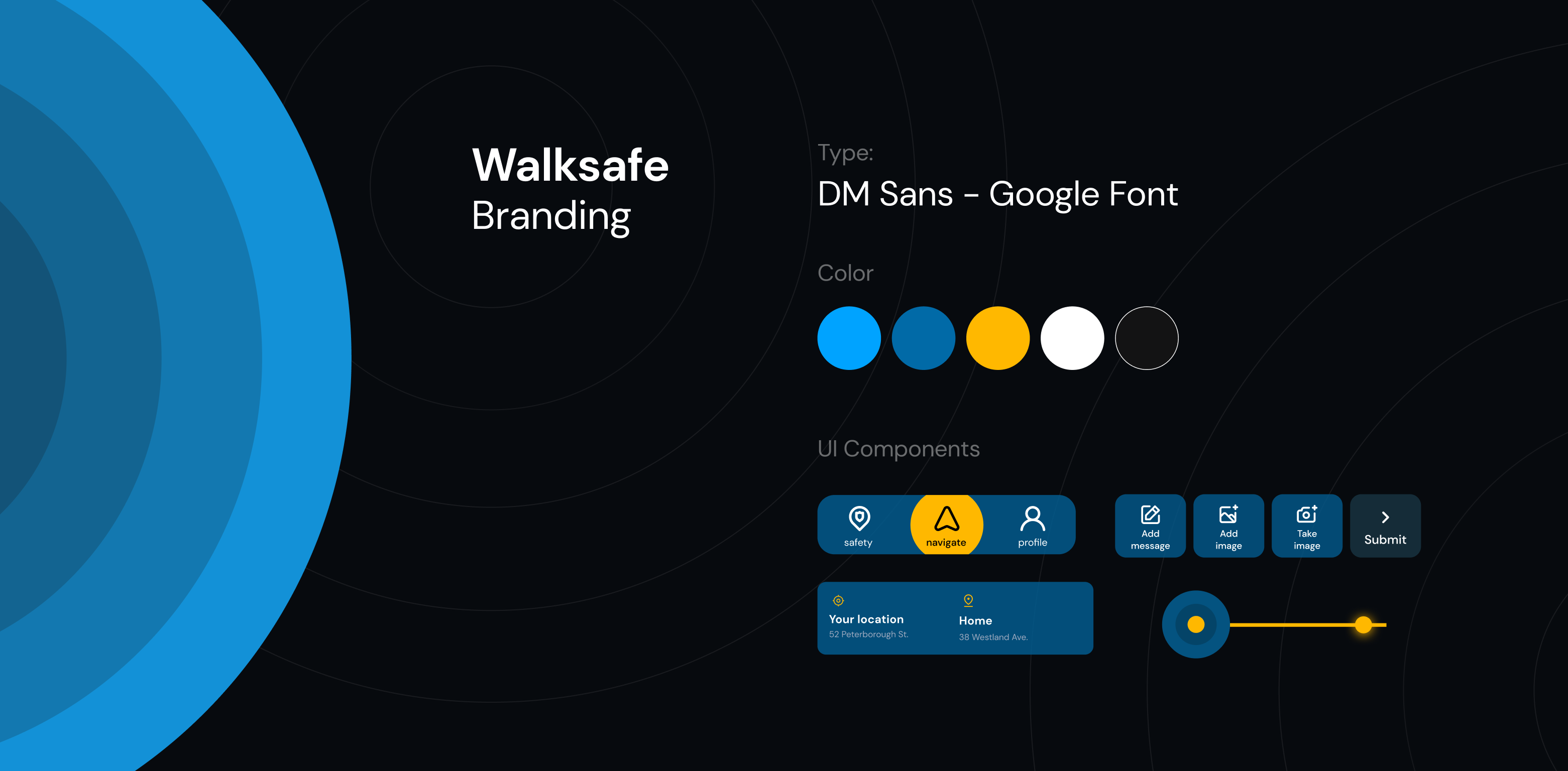
Conclusion
The app we designed is an effective tool for improving the safety of pedestrians, especially those who walk alone at night. By pairing with physical beacons and providing the option for real-time assistance, the app helps users feel secure and confident during their journey. We believe that this app has the potential to make a significant impact in improving the safety of pedestrians in cities.



